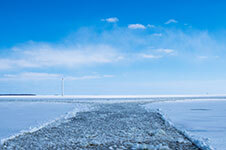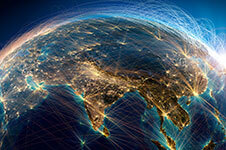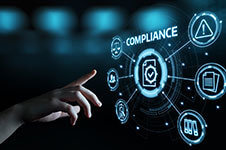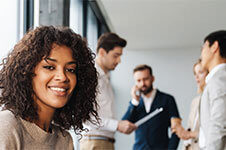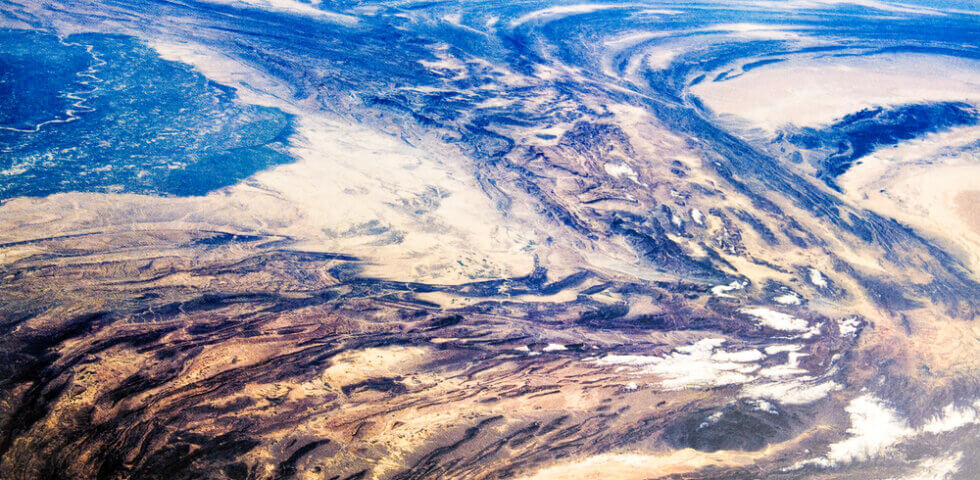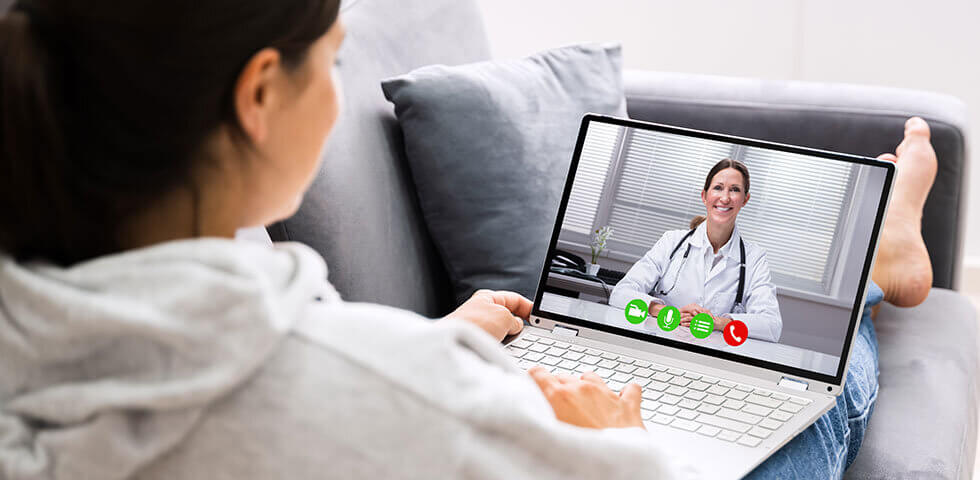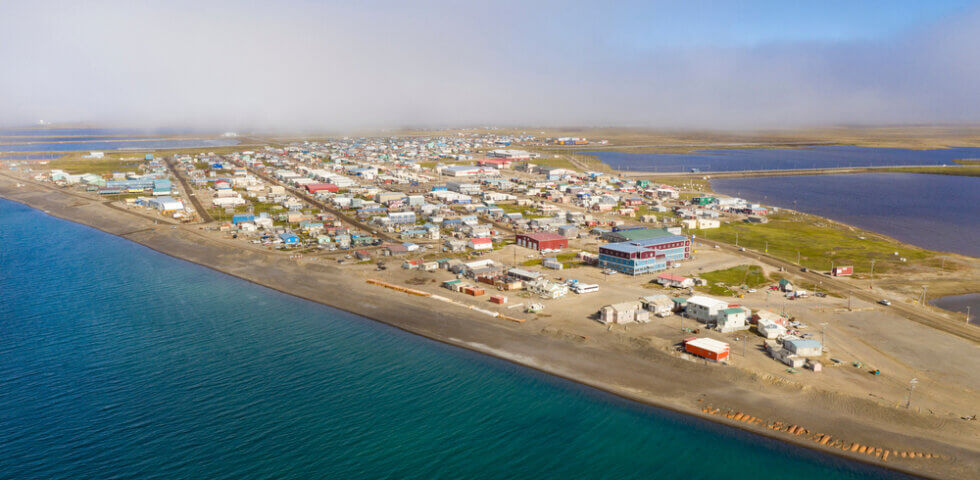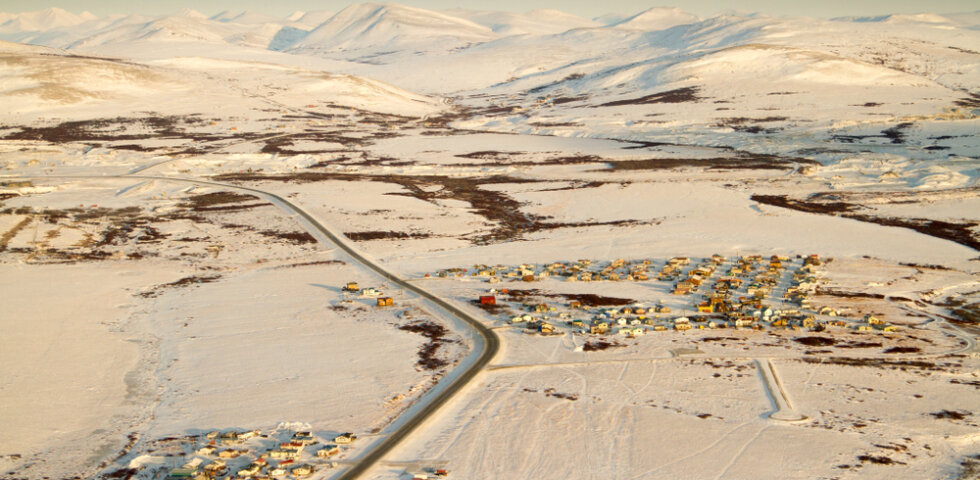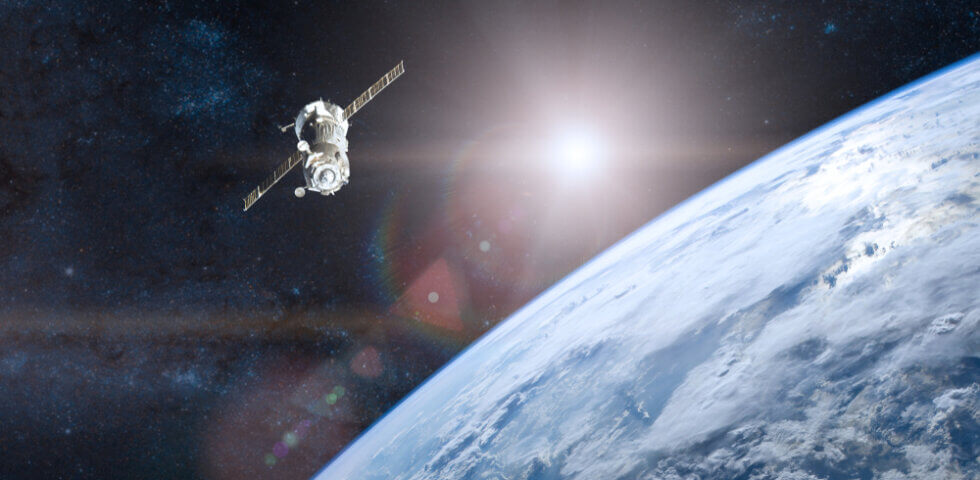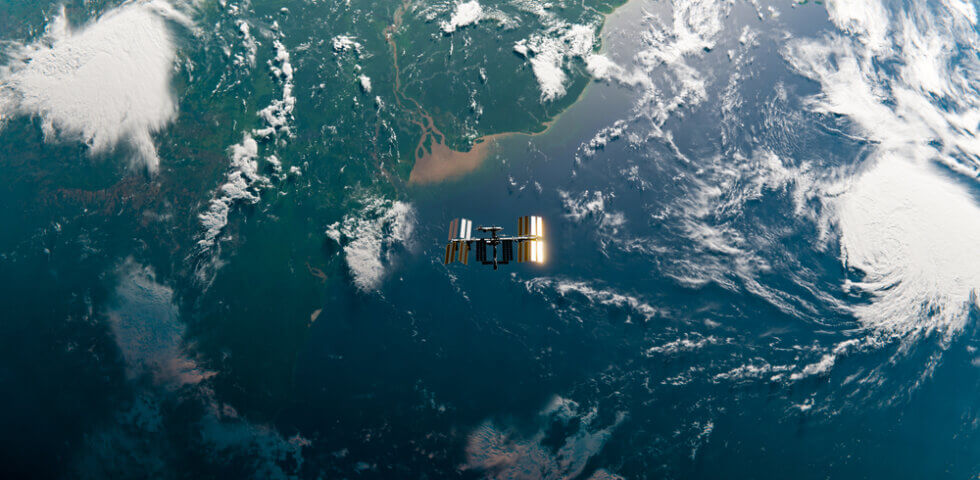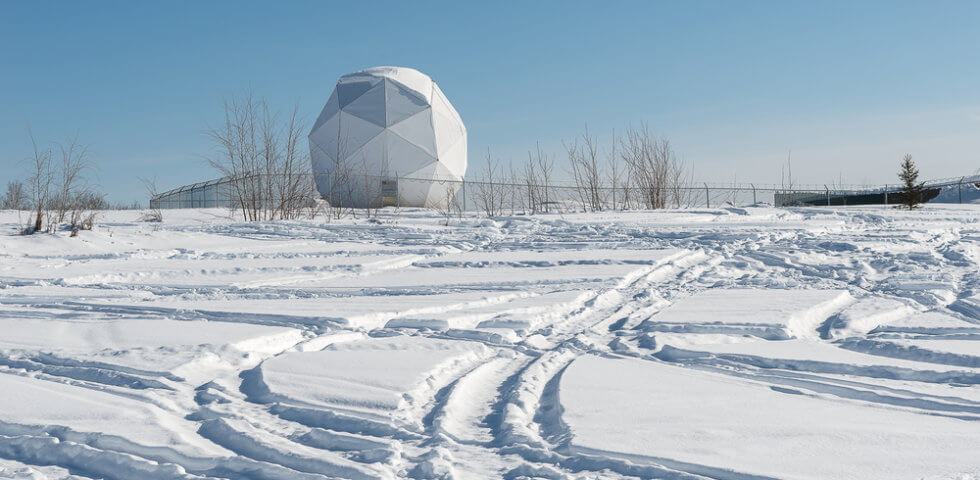From protecting the homeland to fighting wars abroad, the U.S military relies on technology in space to be competitive, as well as to safeguard the United States from potential threats. American adversaries, Russia and China, aren’t slowing down in the race to push the limits of space technology. Just in the last year, we’ve already…

Resources
Blog
Ground Station as a Service: The Future of the Space Tech Industry
Space is a frontier for human exploration and opportunity. From stepping foot on the moon to launching satellites into orbit, humans continue to push the limits of how we can better understand space and utilize it to advance life on Earth. We’ve come leaps and bounds from 1958 when the first satellite was launched into…
How Satellite Data From Space Helps Solve Problems on Earth
From the Department of Defense to national research institutes, organizations across the United States rely on data from space to make critical decisions about life on Earth. Through remote sensing, satellites capture data and images of the globe from above. This information makes its way back to the Earth through the process of downlinking it to…
Why Alaska’s Education System Needs Better and Improved Broadband Access in the Digital Age
While digital equity is a topic that touches essentially every aspect of modern society, the impacts of the digital divide are most profound in the area of education. The education of younger generations has a direct impact on future growth — empowering students to develop their talents, creating more employment opportunities, and improving the economy…
Barriers to Broadband Access for Rural Alaska Communities
Poor broadband access has always been a challenge for rural Alaska communities. As more businesses and organizations are offering services online, communities without reliable and affordable internet services are at a steep disadvantage. This topic has received a lot of coverage as of late, but these communities need active support — and they need it…
The Growth of Telemedicine: Why Every Alaskan Needs Access to Reliable Broadband
Americans across the country rely on a secure internet connection to work and provide for their families, further their education, keep up with current news, and shop for products online. And for some people, having access to reliable broadband can quite literally be a matter of life and death. One of the greatest advantages that…
Connecting Alaska’s North Slope: How Can Improved Broadband Access Transform the Alaska Community?
With 66 days of polar darkness and below zero temperatures for almost half of the year, the reality of life in the North Slopes is harsh. For generations, the Iñupiat Alaska Natives have called this region their home. And while most villages have access to modern amenities, like grocery shopping, many people provide for their…
US Broadband Infrastructure Grants: Building Out a More Connected Alaskan Community
There is a profound digital divide between people living in rural American areas, and those living in urban or suburban regions (especially in low-income, rural communities). One survey, conducted by the Pew Research Center, shows that rural Americans own less technology (including tablets, computers, and smartphones), and have a lower broadband adoption rate. Poor internet…
5 Benefits of Quintillion’s High-Latitude Data Acquisition Ground Station
In February of 2021, Quintillion officially finished the construction of its High-Latitude Data Acquisition (HiLDA) Ground Station. This satellite ground station was built as a downlinking facility for polar orbiting satellites (low earth orbiting satellites that pass the North and South Poles and orbit the Earth multiple times a day). The facility was designed to…
The Quintillion Polar Ground Station and Equinix Fabric Connection
Quintillion is known primarily for being the only telecommunications company to have built a subsea fiber optic cable system in the US Arctic. However, Quintillion also supports the development of satellite communication in the United States with its ground station services. While satellites accept and transmit data in space, they rely on infrastructure on the…
Connecting the World to Fiber: The Subsea Cable Industry’s 5 Biggest Challenges
While you might assume that internet infrastructure is owned and operated by local or federal governments, the internet is primarily managed by private companies. The subsea cable industry is no exception to this, and fiber optic companies, such as Quintillion, have taken on the huge task of helping connect the world. Installing subsea cables around…
The Arctic Security Trifecta: Why National Security Depends on Reliable Broadband
The North American Arctic is at the forefront of American national security. The thawing of Arctic ice has drastically changed the landscape of the region and unveiled several advantages for countries in strategic defense postures, natural resources, and commercial shipping routes. With this transformation, the United States and its allies are in the midst of…

